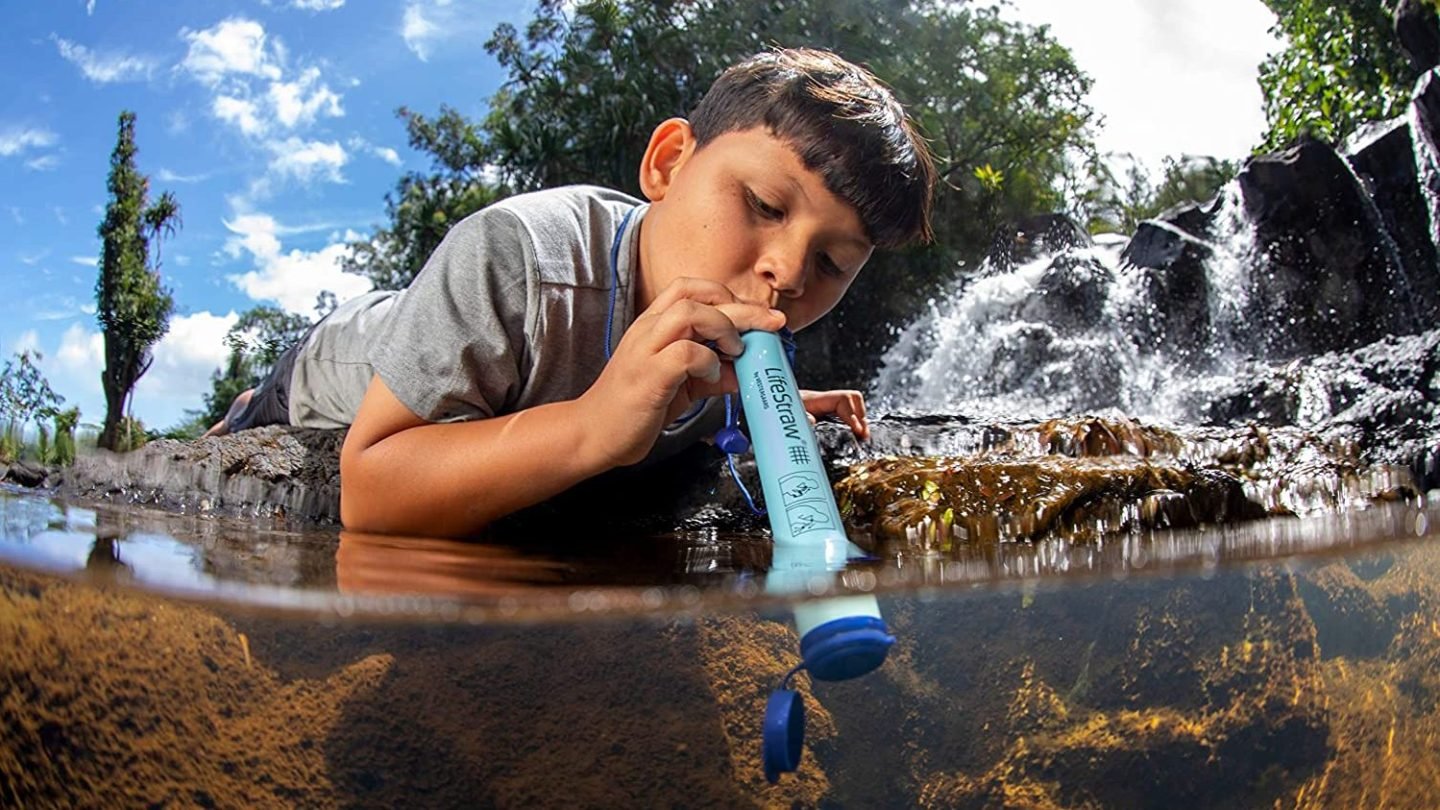
Ripple
To confront flooding in Detroit, my team and I developed Ripple, a take-home experiment that aims to teach high school students about flooding and water filtration.
Rain waters frequently flood streets all across Detroit.
Photo by Nick Tobier
Heavy rains cause severe street flooding.
Photo published by the Detroit News
Flooding causes property damage. This man is helping his cousin fix her home after her basement flooded.
Photo by Andy Morrison, The Detroit News

Research Findings
Since 2012, about 43% of households in Detroit have reported flooding.
This map, published by the Detroit Free Press, shows where flooding is the most concentrated.
Why does Detroit flood?
Detroit's infrastructure has not been well-maintained.
Funding for the city's infrastructure fell drastically between 1970 and 2014. Without proper maintenance, Detroit's water system has become prone to breakdowns and malfunctions.
Why does it matter?
When city water systems get overwhelmed by flood water, they can’t filter water effectively. This means the water entering people’s homes may be contaminated with sewage, dirt, chemicals from agricultural runoff, viruses and bacteria.
Educate:
Empower:
Offer practical solutions:
So what can we do about it?
We set out to educate high school students about water filtration via experimentation.
Education and experimentation give students the opportunity to practice creative problem solving and empower them as inventors and problem-solvers (solution-creators).
Water filtration is a practical solution that can help students mitigate problems related to flooding and water contamination in their homes and communities.
Final Design
Ripple is a water filtration experiment in a box.
First, users assemble Ripple using the enclosed materials and instructions. Once assembled, users can pour water through Ripple and watch as the water is filtered, run through the water wheel, and collected.
This is water before and after being filtered through Ripple 3 times:
Ripple contains 4 water filtration materials: pebbles, sponge, cotton balls, and coffee filters
These materials were chosen because they have a variety of porosity levels, which maximizes the effectiveness of the filter. And, they aren’t messy like many filtration materials (including sand and activated charcoal) are.
The Ripple kit includes a Lifestraw
The Lifestraw is a straw that contains a membrane microfilter. As the user drinks from the straw, it filters out bacteria, parasites, microplastics, dirt, sand, and cloudiness. The water that reaches the drinkers mouth is 100% safe.
The water filtered through Ripple is not safe to drink because it hasn’t been purified. The collected water can be used for watering plants, laundry, and cleaning surfaces that don’t come into contact with food. Or, just for fun!
A Lifestraw is included in the Ripple kit to provide further education about water filtration and purification, and to provide students with a way to safely drink dirty water.
The Instructions:
Ripple's instructions are in a brochure format. Below, it's original format (designed for printing) has been re-ordered so that the pages of the digital copy appear in the order in which they're meant to be read.










